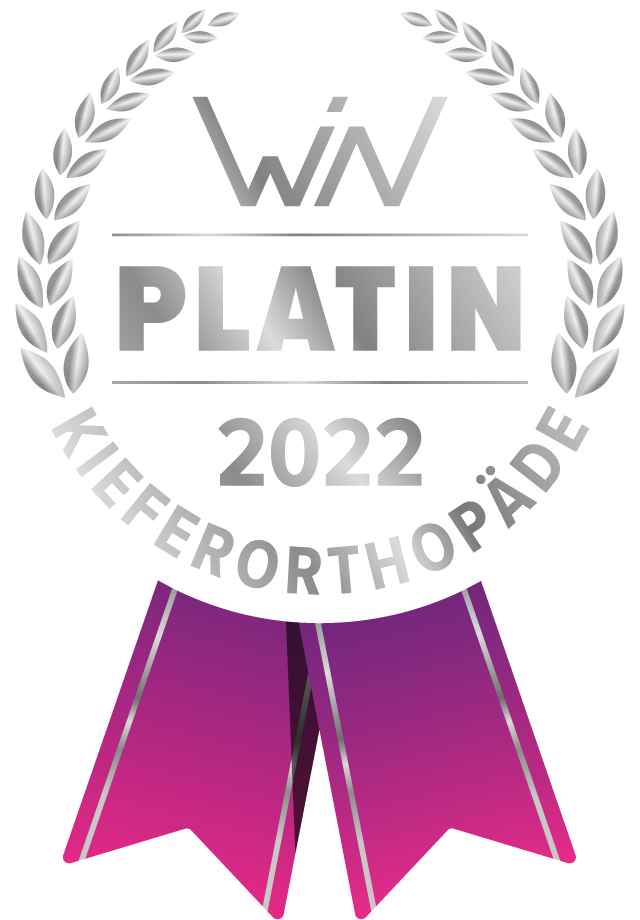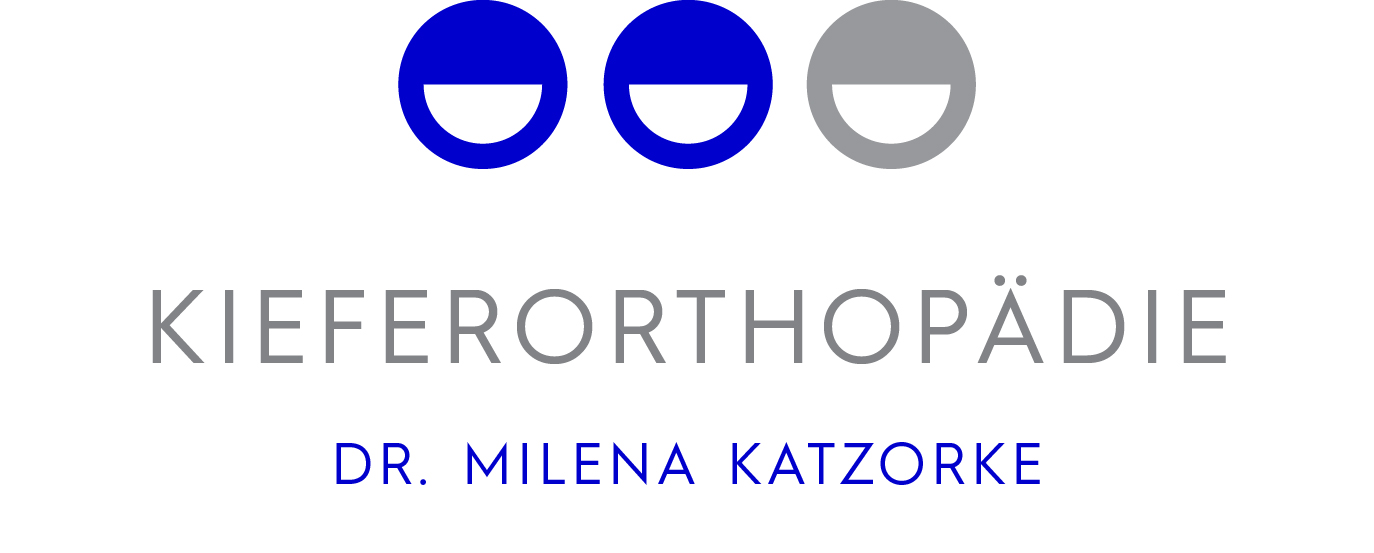
Dr. med. dent. Milena Katzorke
M.Sc. Linguale Kieferorthopädie
Dr. Milena Katzorke is one of 71 orthodontists worldwide who have completed the internationally renowned, part-time Master of Science in Lingual Orthodontics course at Hannover Medical School.
Lingual orthodontics is booming worldwide. Using the latest technologies and sophisticated treatment protocols, results can be achieved that are state of the art in modern orthodontics. The clinical implementation of this new, “invisible” treatment method represents a demanding challenge for all orthodontists due to the complexity of the individual treatment steps.
The Dental Clinic at Hannover Medical School (MHH) was therefore the first university in Germany and one of the first in Europe to launch the part-time, continuing education Master’s course in “Lingual Orthodontics” with a Master of Science degree in the 2006/07 winter semester.
“The MHH is setting standards in Germany with this new postgraduate course,” emphasizes Professor Dr. Rainer Schwestka-Polly, Director of the MHH Clinic for Orthodontics and Program Director of the ‘Lingual Orthodontics’ Master’s course. In addition, the university has taken up the demands of the German Council of Science and Humanities, which in its recommendations for the further development of dentistry at universities in Germany calls for new formalized continuing education courses in the form of structured, fee-based Master’s courses.
In orthodontics, the position of teeth in relation to each other can be moved in the jaw in a controlled manner. Lingual orthodontics is much more complicated than conventional (vestibular) appliances attached to the outside of the teeth. Dr. Dirk Wiechmann, specialist dentist for orthodontics at the MHH and clinical director of the Master’s degree course, has developed a concept for producing custom-made orthodontic appliances. This is based in particular on the digital recording of the target therapeutic condition, the individual virtual design and positioning of the brackets on the computer and the production of the individual brackets using modern CAD/CAM technology. The orthodontic arches belonging to the high-tech braces are produced individually using a bending robot. By using this new technology, it is possible to produce and use individual, flatter and significantly smaller brackets compared to prefabricated systems.
So far, there are only two postgraduate courses in lingual orthodontics in Europe at two universities in Paris – albeit with a diploma. In Germany, there has been no corresponding further training opportunity to date, although there is a considerable need for qualifications in view of the large number of practicing orthodontists. In the new Master’s course at the MHH Dental Clinic, six participants per year are trained over four semesters. Specialist dentists with a doctorate in orthodontics can apply.
In addition to the MHH Clinics for Orthodontics, for Dental Prosthetics and Biomedical Materials Science, for Oral and Maxillofacial Surgery, the MHH Institute for Biometry, the MHH Library, the Institute for Technical Mechanics at Leibniz University Hannover and the Laser Center Hannover are also involved in teaching.
University lecturers from the university clinics in Aachen, Berlin, Giessen and Vienna are also involved in the course. The modular course includes an attendance phase in which students are taught theory and practice eleven times a year on Fridays and Saturdays at the MHH dental clinic. In addition, students must complete a compact week in a dental practice in the third semester and a compact week in one of the two specialized universities in Paris in the fourth semester.
The LINGUAL learning platform via the Internet is used on the course for time and location-independent use outside the attendance phases: in addition to the provision of teaching and learning materials, the focus is on modern communication solutions such as online forums, chat systems and upload and download functions. Learning progress is checked promptly in the individual modules. The continuing education course concludes with a Master’s thesis in the field of research, similar to a doctoral thesis. After the first year of study, the experience to date can be regarded as consistently encouraging: In the course-related written evaluation, participants particularly emphasized that expectations with regard to this new offering have so far been fulfilled to the best of their ability. Not only the teaching of the curricular content was positively emphasized, but above all the successful transfer of knowledge for patient treatment. In addition, the didactic learning organization is rated as stimulating and methodologically rich. This innovative course also shows that classic training elements in dentistry can be combined with eLearning in a meaningful way.



